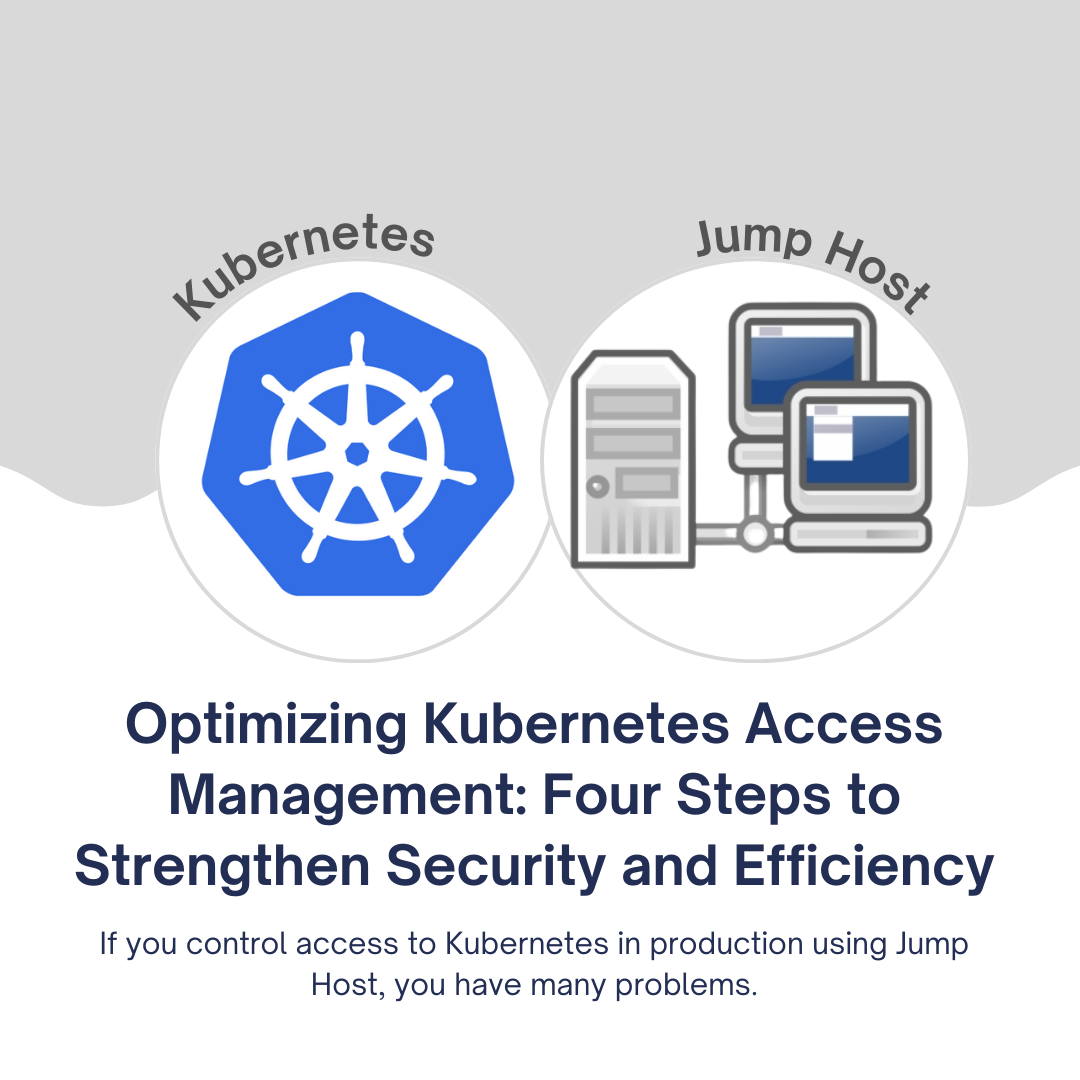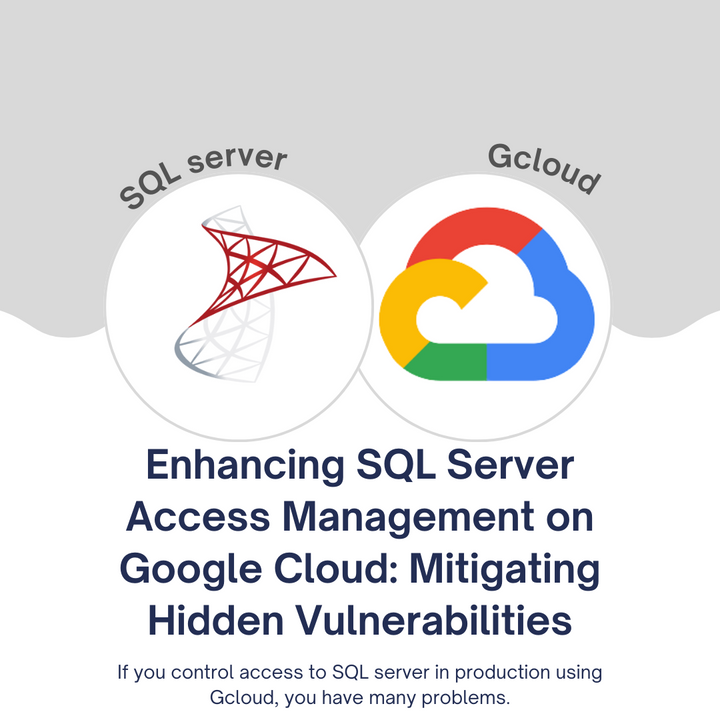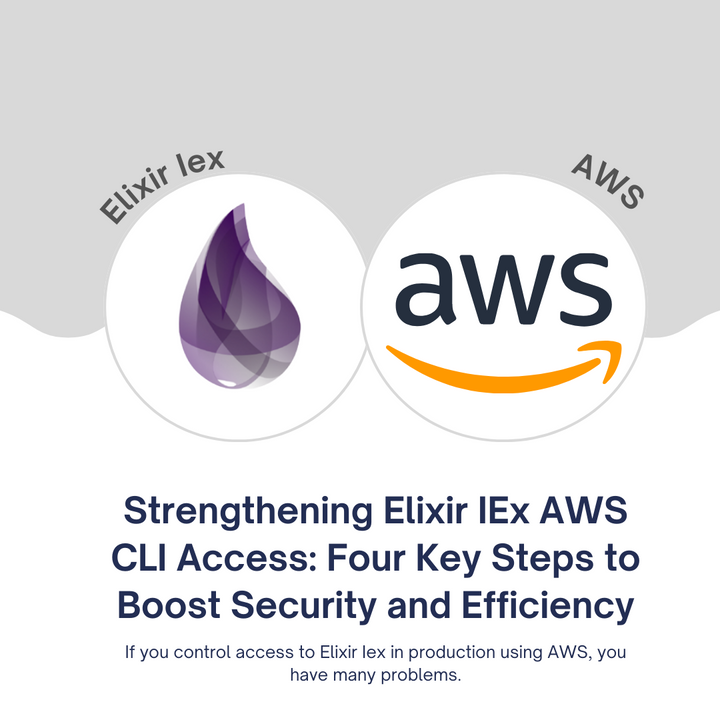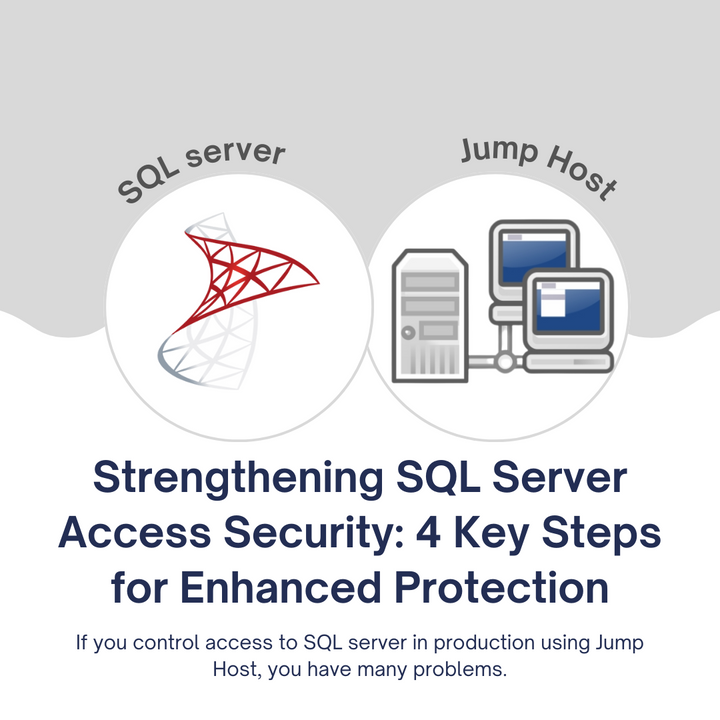Optimizing Kubernetes Access Management: Four Steps to Strengthen Security and Efficiency

In the world of Kubernetes and production environments, ensuring quick and secure access to the right engineers is essential. The ability to troubleshoot, fix bugs, and resolve incidents hinges on seamless data access. However, many organizations grapple with inefficient access management solutions, leading to significant security risks and workflow bottlenecks. In this article, we will explore the challenges associated with Kubernetes Jump Host access and outline four crucial steps to mitigate hidden vulnerabilities and streamline access management.
The 5 Biggest Problems with Kubernetes Jump Host Access
Before delving into the solutions, let's first understand the five significant challenges organizations face when managing Kubernetes Jump Host access:
- Fast Access Is Crucial: In a production environment, rapid access to the right engineers is imperative for maintaining product speed. Delays in access can hinder troubleshooting, bug fixes, and incident resolutions, impacting the overall operational efficiency.
- Security Risks Abound: Many teams resort to suboptimal access solutions, resulting in significant security vulnerabilities that can threaten the integrity of the business.
- Infrastructure Complexity: Building and maintaining the infrastructure for Kubernetes access through Jump Hosts can be a daunting and error-prone task.
- Hidden Vulnerabilities: Often overlooked, the missing components in access management represent hidden vulnerabilities. These vulnerabilities include the absence of Single Sign-on (SSO) and Multi-Factor Authentication (MFA), inadequate audit trials and Personally Identifiable Information (PII) protection, compliance challenges (such as GDPR, PCI, SOC2, and HIPAA), and poor developer experience.
- Inefficient Workflows: Cumbersome access management processes can lead to inefficient workflows, hampering productivity.
4 Steps to Fix Hidden Vulnerabilities in Kubernetes Jump Host Access
Now, let's explore the four essential steps to address these challenges effectively:
1. Gradual Integration of Access Features
Leverage the 80/20 rule by gradually implementing essential access features:
- Utilize Existing Systems: If you already use systems like Google Workspaces, you may not need to set up a separate LDAP directory. Begin by integrating Kubernetes with your existing systems.
- Implement SSO and MFA: Adding Single Sign-on to SSH can be complex, but it's a crucial step. Consider tools like Cloud Shell solutions from AWS or Google Cloud to simplify this process. Alternatively, tools like Runops can help streamline SSO implementation. Prioritize SSO and MFA over comprehensive LDAP projects to expedite access improvements.
- Prioritize Based on Industry: Tailor your access management approach to your industry's specific needs. Some industries prioritize developer experience and quick access, while others, like highly regulated businesses, require robust security and compliance measures. Focus on the features that matter most to your organization.
2. Streamline Access with a Unified Tool
Reduce complexity by managing various access needs, including Kubernetes, AWS/GCP, databases, servers, and more, with a single tool:
- Centralized Access Management: Instead of juggling multiple tools, opt for a single tool that caters to all your access requirements. For example, consider using a tool like Runops to streamline cloud provider access management. While it may offer a slightly less polished user experience for some use cases, the convenience of having all access needs met in one place outweighs the minor inconveniences.
3. Add Friction to Unwanted Access Methods
Discourage insecure or unwanted access methods by introducing controlled friction:
- Incentivize Secure Access: If the current access method lacks security features, add a form submission process to promote the ideal method. This introduces a level of inconvenience to the existing approach, making it less appealing.
- Gradual Improvement: For teams relying on less secure access methods, such as direct AWS web console usage instead of automated Infrastructure as Code (IaC) pipelines, you can gradually enhance the experience. Initially, make console access harder to obtain by requiring a Jira request. Over time, refine and improve the secure access method to make it more convenient than the insecure alternative.
By adding controlled complexity to undesirable access methods, organizations can steer engineers toward secure and compliant access practices.
Conclusion
Kubernetes Jump Host access management is a critical aspect of maintaining a secure and efficient production environment. Addressing hidden vulnerabilities and streamlining access can significantly enhance the overall operational effectiveness of your organization. By following these four steps, you can mitigate security risks, improve workflows, and ensure fast, secure access to Kubernetes resources, ultimately strengthening your organization's position in today's dynamic digital landscape.



